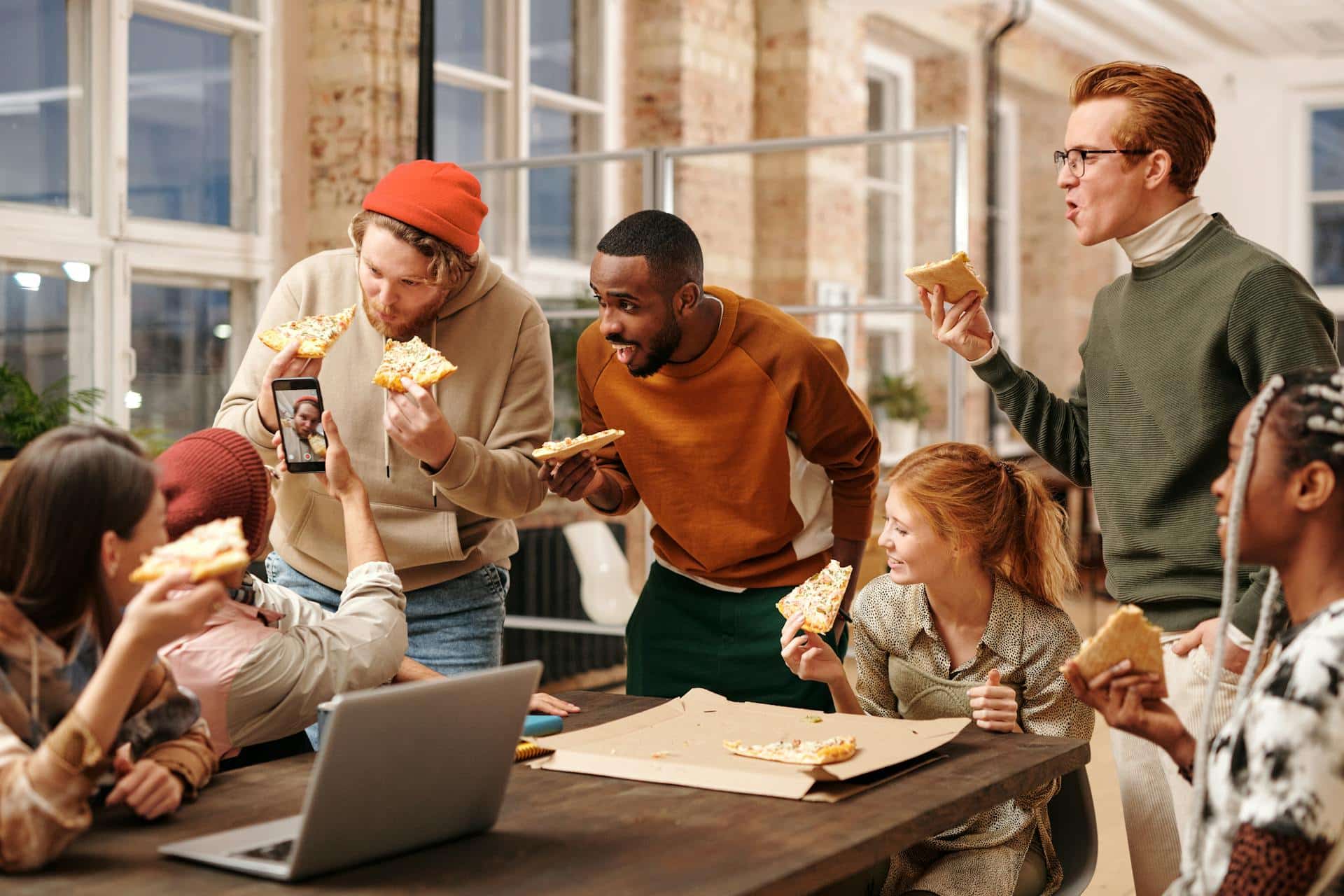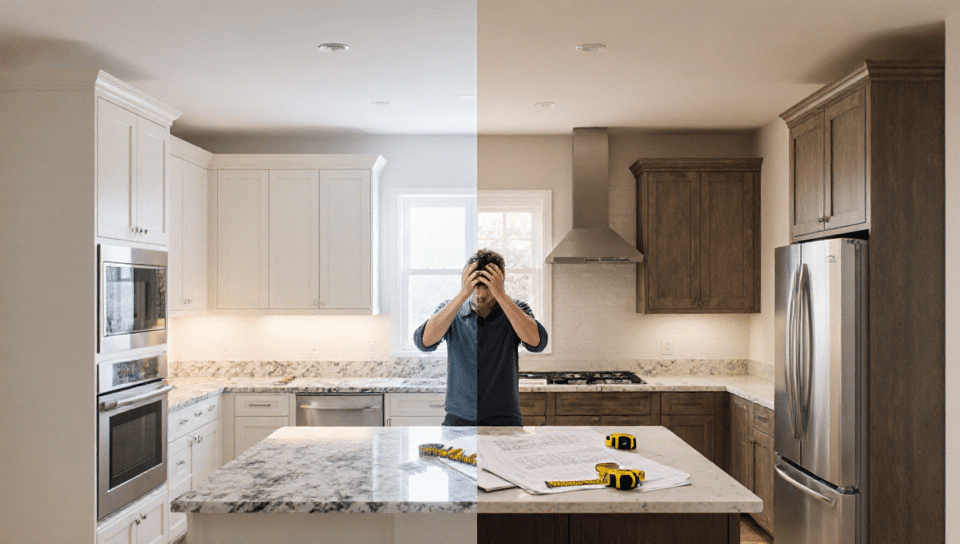Pedestrian accidents don’t always happen inside a marked crosswalk. In many cases, people cross in the middle of a street or at an unmarked spot. When that happens, determining who is at fault can become more complex. The rules are not always as clear, and both drivers and pedestrians may share some responsibility. That’s why evidence, behavior, and traffic laws all matter when evaluating the scene.
For help understanding your rights, starting a pedestrian claim with Salamati Law Attorney can guide you through the legal process. Fault is not automatically placed on the pedestrian, even when the accident occurs outside of a crosswalk. In many situations, drivers may still be held accountable depending on how they acted.
Right-of-Way Laws Still Apply
Even if a person is not in a crosswalk, drivers must still take care to avoid hitting someone on the road. Drivers are expected to stay alert and slow down in areas where foot traffic is common. If a driver is speeding, distracted, or under the influence, they could still be at fault.
The law expects drivers to use caution, especially in neighborhoods, near schools, or around parked cars. While a pedestrian crossing outside a crosswalk may be seen as less cautious, it does not remove all responsibility from the driver. Right-of-way rules depend on the full situation, not just location alone.
Shared Responsibility in Some Cases
Many pedestrian accidents involve shared fault, also called comparative negligence. This means both the pedestrian and the driver may be partly to blame. For example, if a pedestrian crossed unexpectedly and a driver was also texting at the time, both actions may have led to the accident.
In this kind of case, the percentage of fault is divided between the parties. The outcome can impact any legal claim or settlement. Even when fault is shared, the injured person may still be able to recover damages depending on how state laws handle partial responsibility.
Driver Behavior is a Major Factor
Courts look closely at how the driver acted in the moments before the accident. If the driver was breaking a traffic rule, that behavior can be a key factor in deciding fault. Driving over the speed limit, running a red light, or not yielding at an intersection can all show negligence. The condition of the driver also matters. If they were tired or distracted, they may have failed to see the pedestrian in time. These details are often proven using witness statements, police reports, or video evidence.
The Role of the Pedestrian’s Actions
While drivers have a duty to watch for people, pedestrians also have rules to follow. Crossing in the middle of a busy street without checking for cars is considered unsafe. If someone suddenly walks into traffic and a driver has no chance to stop, the pedestrian may carry most of the fault. Courts consider whether the pedestrian was careful, visible, and gave the driver time to react. Wearing dark clothes at night or ignoring traffic signals can also influence fault decisions. However, each case depends on the specific facts involved.
Importance of Legal Representation
Fault in accidents outside crosswalks can be hard to prove without help. A legal team can collect evidence, speak with witnesses, and understand how to apply traffic laws. They can also push back against claims that blame the pedestrian unfairly. Lawyers often work with accident experts to recreate the scene and show what really happened. Legal guidance can make a big difference in how a case is handled from start to finish.
Pedestrian accidents outside crosswalks often raise questions about who is to blame. While pedestrians are expected to use caution, drivers must always stay aware and avoid putting others at risk. Fault depends on a mix of behavior, evidence, and the rules of the road. Many cases involve shared responsibility, and every detail matters.
With the right legal support, injured pedestrians can protect their rights and work toward a fair outcome. The steps taken after an accident can shape the path forward. Having the right team in your corner can make that process easier and more effective.



![Is the AlivingHome Wall Hugger Reclining Sofa Space-Saving? [My Real Review]](https://alittledelightful.com/wp-content/uploads/2025/11/word-image-128727-1.png)




